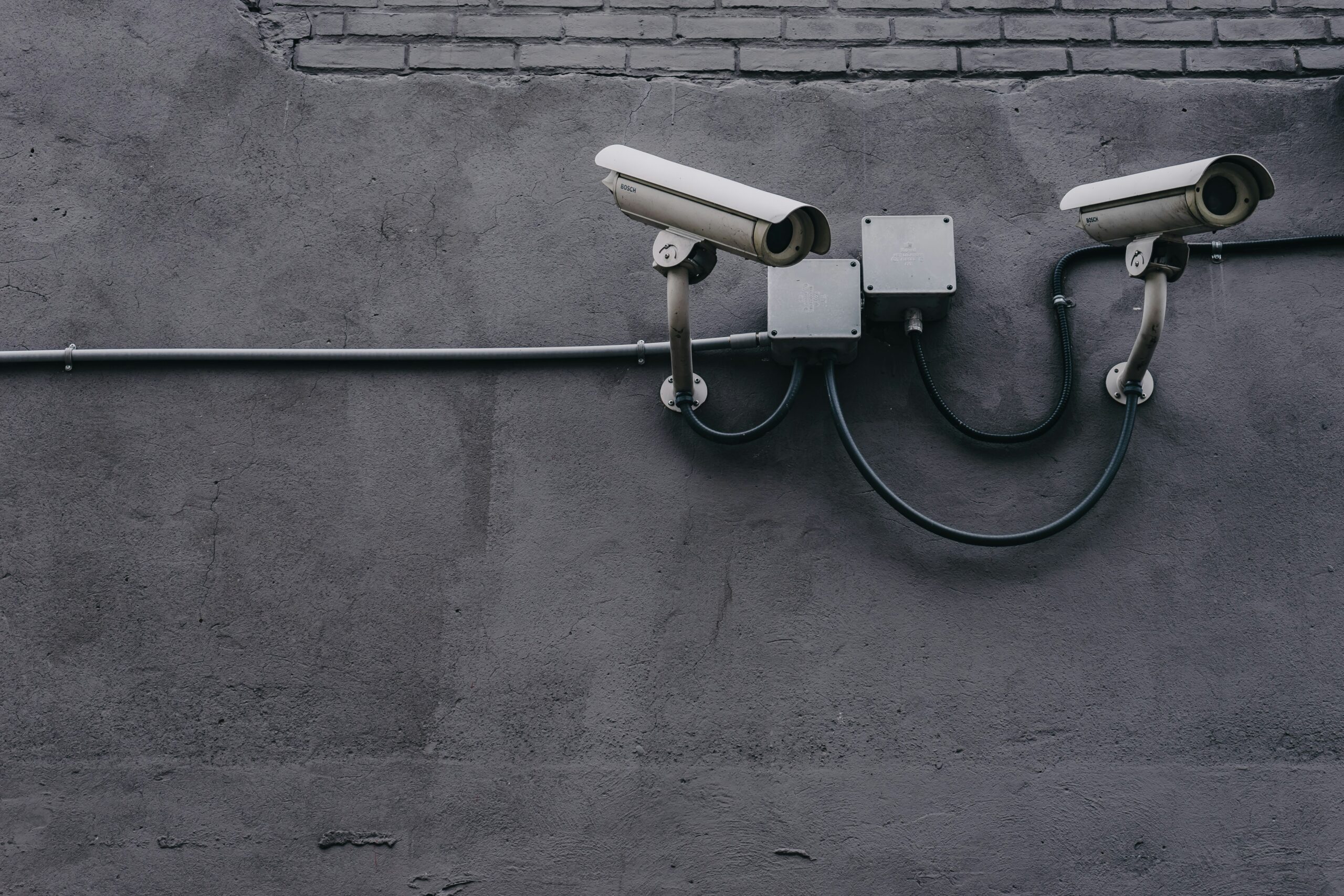Streamlining Vendor Security Compliance: Tools and Solutions for Regulatory Adherence
March 26, 2024 | by aarbi4712

Vendor Security Compliance Solutions
As organizations continue to rely on third-party vendors for various services, it is crucial to have robust vendor security compliance solutions in place. These solutions help organizations ensure that their vendors are adhering to the necessary regulatory requirements and maintaining the security of sensitive information.
One of the key tools available to organizations is vendor risk assessments. These assessments involve evaluating the security practices and controls implemented by vendors to protect data and systems. By conducting thorough assessments, organizations can identify any potential vulnerabilities or weaknesses in their vendors’ security measures.
In addition to risk assessments, organizations can also implement vendor security questionnaires. These questionnaires are designed to gather information from vendors about their security practices, policies, and procedures. By asking vendors specific questions about their security measures, organizations can gain insight into their vendors’ security capabilities and identify any areas of concern.
Another important solution for vendor security compliance is ongoing monitoring. This involves continuously monitoring vendors’ security practices to ensure that they remain compliant with regulatory requirements. By regularly reviewing vendors’ security measures and conducting periodic audits, organizations can identify any deviations from compliance and take appropriate action.
Furthermore, organizations can leverage technology solutions to enhance vendor security compliance. For example, they can implement vendor management software that provides a centralized platform for managing vendor relationships and monitoring their compliance status. This software can automate various compliance-related processes, such as risk assessments and vendor performance tracking, making it easier for organizations to ensure regulatory adherence.
Additionally, organizations can consider implementing data encryption and access controls to further enhance vendor security compliance. Encryption ensures that sensitive information is protected, even if it falls into the wrong hands. Access controls, on the other hand, restrict unauthorized access to data and systems, reducing the risk of data breaches.
Lastly, organizations should establish clear contractual agreements with their vendors that outline the specific security requirements and expectations. These agreements should include provisions for regular security audits, incident response protocols, and consequences for non-compliance. By clearly defining the security expectations in the contract, organizations can hold their vendors accountable for maintaining regulatory adherence.
In conclusion, ensuring vendor security compliance is crucial in today’s digital landscape. By implementing comprehensive solutions such as vendor risk assessments, security questionnaires, ongoing monitoring, and leveraging technology, organizations can mitigate the risk of data breaches and ensure the security of sensitive information. Additionally, establishing clear contractual agreements with vendors further strengthens regulatory adherence. By prioritizing vendor security compliance, organizations can protect their data and systems from potential threats and maintain the trust of their customers.
The Importance of Regulatory Compliance
Regulatory compliance is not just a matter of legal obligation; it is also essential for maintaining the trust and confidence of customers, clients, and stakeholders. In today’s digital age, where data breaches and privacy concerns are on the rise, organizations must prioritize the protection of sensitive information. This means implementing comprehensive security measures and regularly reviewing and updating them to stay ahead of emerging threats.
One of the key aspects of regulatory compliance is the handling and protection of data. Organizations must ensure that they have proper protocols in place to safeguard personal and sensitive information. This includes implementing strong access controls, encryption techniques, and monitoring systems to detect and respond to any unauthorized access or data breaches.
Furthermore, regulatory compliance extends beyond just internal policies and practices. It also involves ensuring that third-party vendors and partners adhere to the same regulations. Organizations must conduct due diligence when selecting vendors and regularly assess their compliance status. This includes reviewing their security measures, data handling practices, and any certifications or audits they have undergone.
Non-compliance with regulatory requirements can have severe consequences for organizations. Apart from the financial implications of hefty fines and legal action, there is also the potential for reputational damage. In today’s interconnected world, news of a data breach or non-compliance can spread rapidly, leading to a loss of trust and confidence from customers and stakeholders. This can result in a decline in business, difficulty attracting new customers, and even the loss of existing ones.
To mitigate these risks, organizations should establish a robust compliance program that includes regular audits, risk assessments, and employee training. This program should be supported by strong leadership commitment and a culture of compliance throughout the organization. Employees should be educated on the importance of regulatory compliance, their roles and responsibilities, and the potential consequences of non-compliance.
In conclusion, regulatory compliance is not just a legal requirement; it is a crucial aspect of protecting sensitive data and maintaining the trust of customers and stakeholders. Organizations must prioritize the implementation of robust security measures, ensure the compliance of third-party vendors, and establish a culture of compliance throughout the organization. By doing so, they can mitigate the risks associated with non-compliance and maintain their reputation in an increasingly data-driven world.
5. Sarbanes-Oxley Act (SOX)
The Sarbanes-Oxley Act (SOX) is a federal law in the United States that was enacted to protect investors and ensure the accuracy and reliability of financial statements. It requires public companies to establish and maintain internal controls, including controls over information technology systems, to safeguard financial data and prevent fraud.
6. Gramm-Leach-Bliley Act (GLBA)
The Gramm-Leach-Bliley Act (GLBA) is a federal law that regulates the way financial institutions handle and protect consumer financial information. It requires financial institutions to develop and implement safeguards to protect the security and confidentiality of customer records and information.
7. European Union Directive on Security of Network and Information Systems (NIS Directive)
The NIS Directive is a European Union directive that aims to enhance the security of network and information systems across member states. It requires operators of essential services and digital service providers to implement appropriate security measures and report significant incidents.
8. Federal Information Security Modernization Act (FISMA)
The Federal Information Security Modernization Act (FISMA) is a federal law in the United States that provides a framework for securing federal information systems. It requires federal agencies to develop and implement risk-based cybersecurity programs to protect the confidentiality, integrity, and availability of federal information and information systems.
9. Family Educational Rights and Privacy Act (FERPA)
The Family Educational Rights and Privacy Act (FERPA) is a federal law that protects the privacy of student education records. It applies to educational institutions that receive funding from the U.S. Department of Education and requires them to have safeguards in place to protect the confidentiality of student records.
10. International Organization for Standardization (ISO) Standards
The International Organization for Standardization (ISO) has developed a series of standards that provide guidelines for establishing and maintaining an information security management system (ISMS). These standards, such as ISO 27001 and ISO 27002, help organizations implement a systematic approach to managing information security risks.
Understanding the regulatory landscape is crucial for organizations to ensure compliance with applicable laws and regulations. It helps them identify the specific requirements and obligations they need to meet to protect sensitive data and maintain the trust of their customers and stakeholders. By familiarizing themselves with these regulations and industry-specific standards, organizations can develop robust security programs and implement the necessary controls to mitigate risks and prevent data breaches.
4. Continuous Monitoring Solutions
Continuous monitoring solutions are designed to provide organizations with real-time visibility into their vendor’s security posture. These solutions use automated tools and technologies to continuously assess and monitor vendors’ security controls, policies, and procedures.
By implementing continuous monitoring solutions, organizations can proactively identify any security vulnerabilities or compliance gaps in their vendors’ systems. These solutions can automatically generate alerts and notifications when any deviations from compliance standards are detected, allowing organizations to take immediate action to address the issues.
5. Third-Party Audits and Assessments
Third-party audits and assessments are conducted by independent security firms or consultants to evaluate vendors’ security practices and ensure compliance with regulatory requirements. These audits involve a comprehensive review of vendors’ security controls, policies, procedures, and documentation.
By engaging third-party auditors, organizations can obtain an unbiased assessment of their vendors’ security posture and validate their compliance efforts. These audits provide organizations with assurance that their vendors are implementing adequate security measures and following industry best practices.
6. Secure Vendor Communication Channels
Secure vendor communication channels are essential for maintaining the confidentiality and integrity of sensitive information shared between organizations and their vendors. These channels can include secure email systems, encrypted file transfer protocols, and secure messaging platforms.
By implementing secure communication channels, organizations can protect sensitive data from unauthorized access or interception during transmission. This ensures that sensitive information shared with vendors remains confidential and meets the requirements of regulatory compliance.
Conclusion
In today’s complex regulatory landscape, ensuring vendor security compliance is crucial for organizations. By leveraging vendor security solutions such as compliance management platforms, vendor risk assessment tools, SIEM systems, continuous monitoring solutions, third-party audits, and secure communication channels, organizations can effectively manage and enforce compliance with regulatory requirements. These solutions provide organizations with the necessary tools and capabilities to mitigate security risks, maintain regulatory compliance, and protect sensitive information shared with vendors.
Expand your TPRM knowledge and capabilities with in-depth resources at Third-Party Risk Management.
RELATED POSTS
View all


